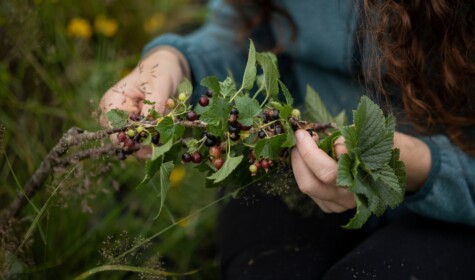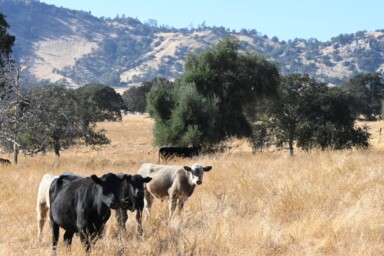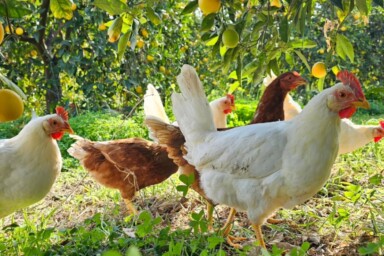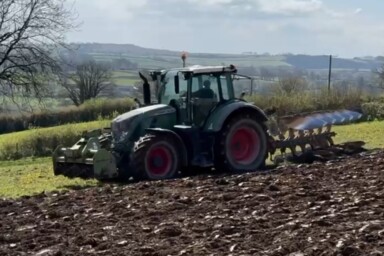Early autumn is one of my favourite times of year – there’s something about being on the cusp of seasonal change, feeling that pull into the shorter days, watching the light quietly creeping away earlier and earlier. But while winter crops start to get going as autumn darkens, there are also summer crops reaching their end, still full of abundance. On our farm, we are often still harvesting peppers and aubergines, sometimes even late tomatoes, from our polytunnels, while we look towards our winter salads and think about having leeks again.
Saying goodbye to summer is inevitably hard, so the proliferation of fruit at this time of year is a balm – it puts many a person into a frenzy of freezing and canning. Preserving food for later consumption is a habit that is disappearing quietly in our 24/7 world. Do your best to save as much as you can!
Apples
It’s always a bit of a thrill to watch our apple trees come into full fruit, with the apples dangling dangerously, ready to fall. We have a small orchard with a selection of apple trees – all eaters, but all different in shape and taste. The apples are complemented by a few pear trees and a quince. The trees begin to ripen in mid-August and by mid-September, they’re ready to crack into. We have enough to cover a couple of months’ worth of markets, off the selection of about 10 trees.











